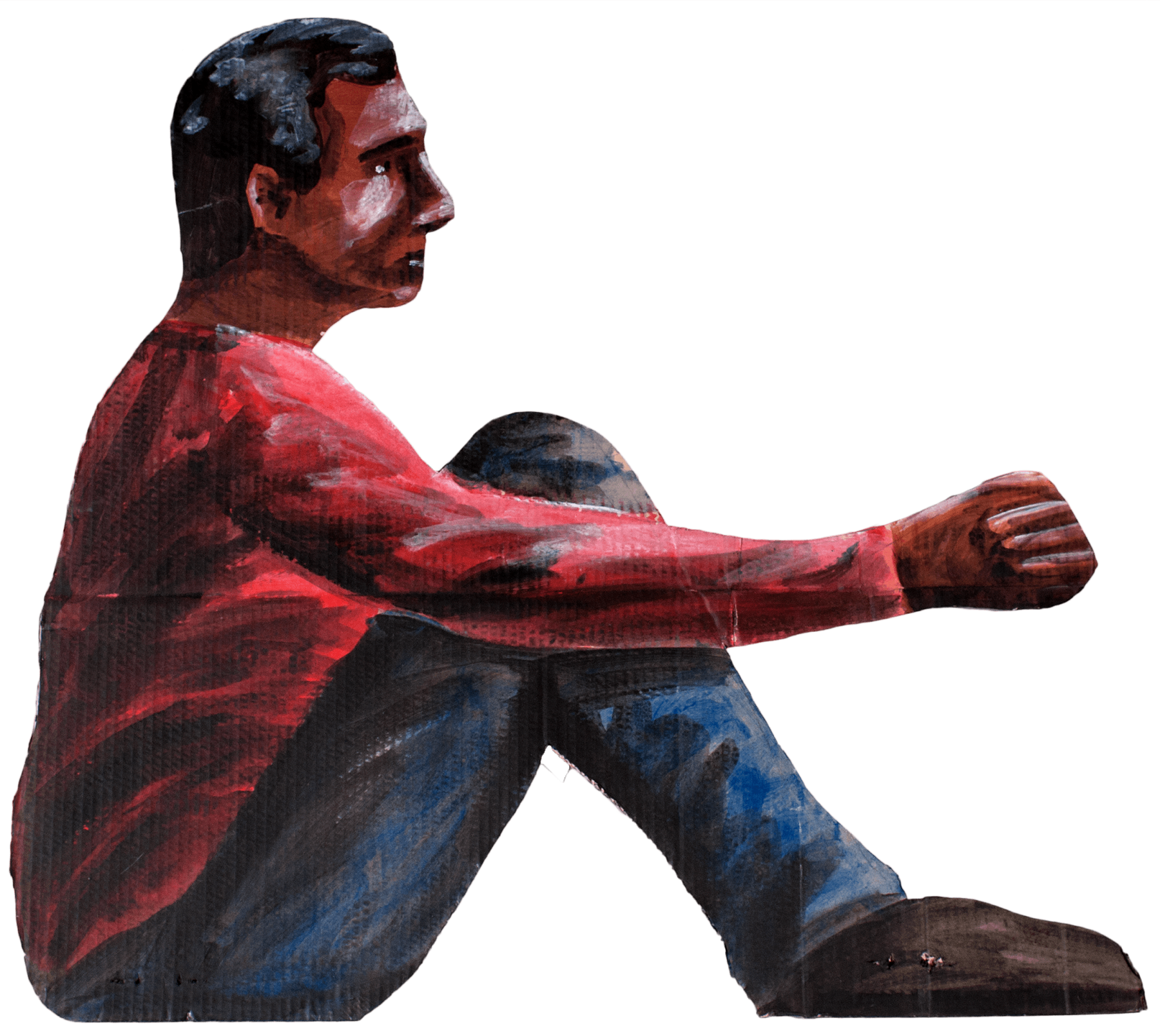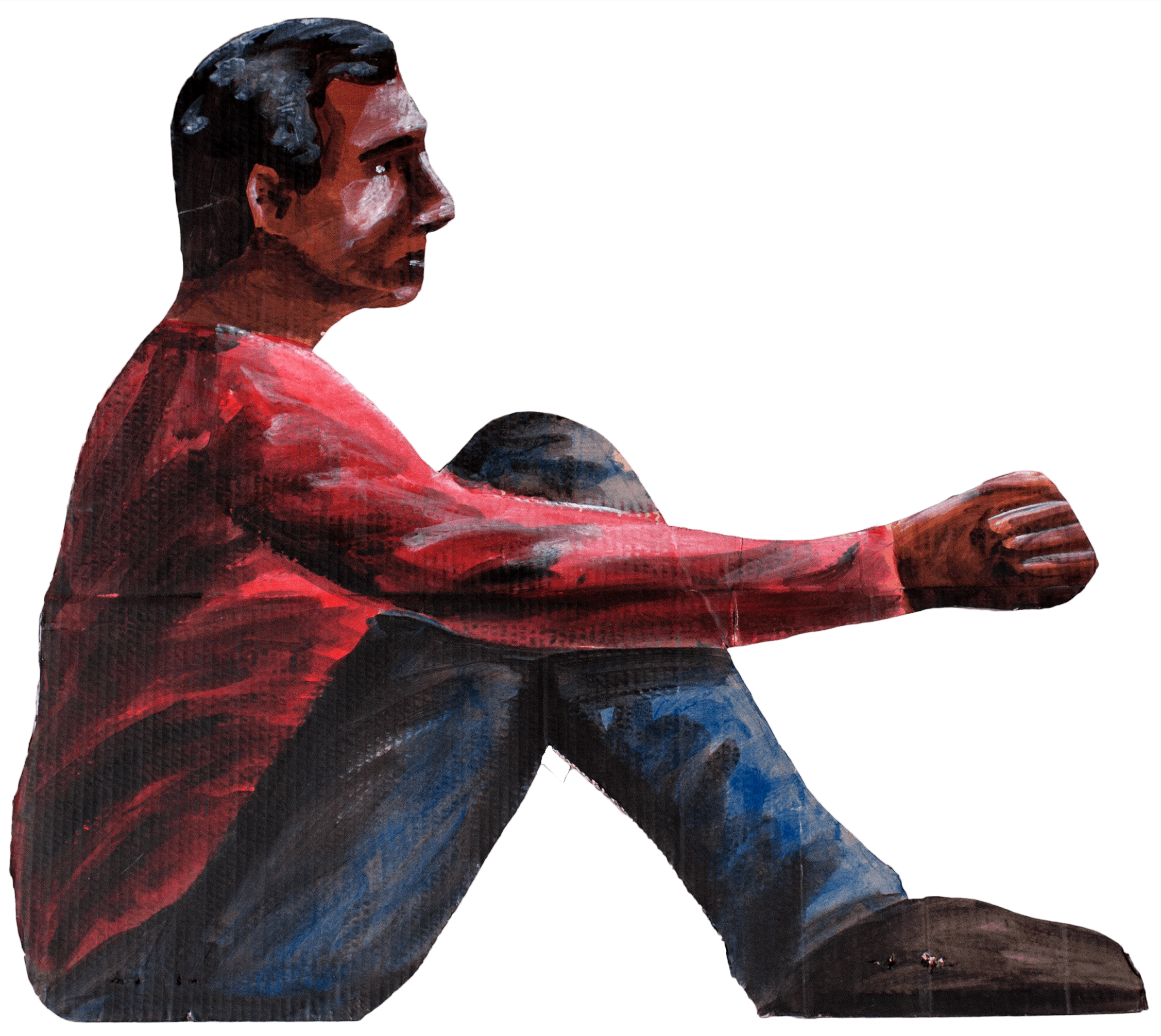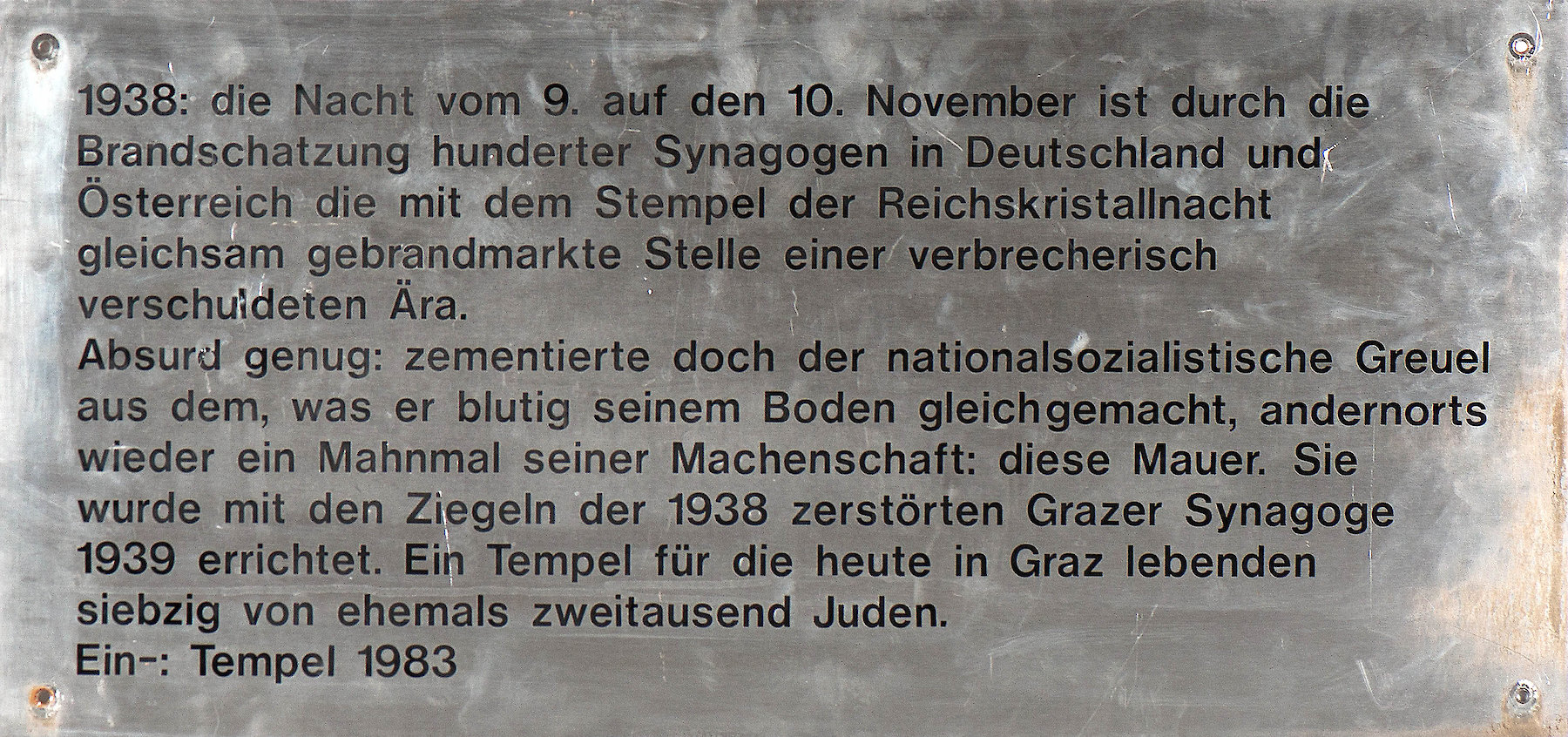

Untitled Christian Eisenberger, 2002/03
Visible Poverty
Early in May 2011, a general ban on mendacity became effective. The opponents of mendacity argued with the compromise of the economy and tourism. Yet solidary citizens insisted on the city’s status of a City of Human Rights. The artist Christian Eisenberger has thematised the appropriation of the public space for years with cardboard figures that he initially anonymously placed in it. In 2013, the Austrian Constitutional Court lifted the ban: “A ban on mendacity without exception […] contradicts the Human Rights Convention.”
Painted papier mâché
84 × 89 cm
Lender: Martin Behr Collection, Graz
Martin Behr / Photo: Edin Prnjavorac
Art in Public Space
Starting in 1997, the artist Christian Eisenberger (*1978) placed, initially anonymously, thousands of painted cardboard figures in the public space, also in Graz. Outside the traditional system of art, he aimed (and still aims) at the direct confrontation of people with art with this and other projects. Working in series and with cheap materials is also characteristic for Eisenberger. When it comes to begging as a subject, the material of cardboard refers to an additional level of meaning: As works of art, cardboard boxes that have already been disposed of are given a new function—the same happens when cardboard is used by homeless people or beggars as a mat or shelter. Eisenberger's cardboard figures were temporary in their nature, being regularly removed by street cleaning or stolen by private collectors.

